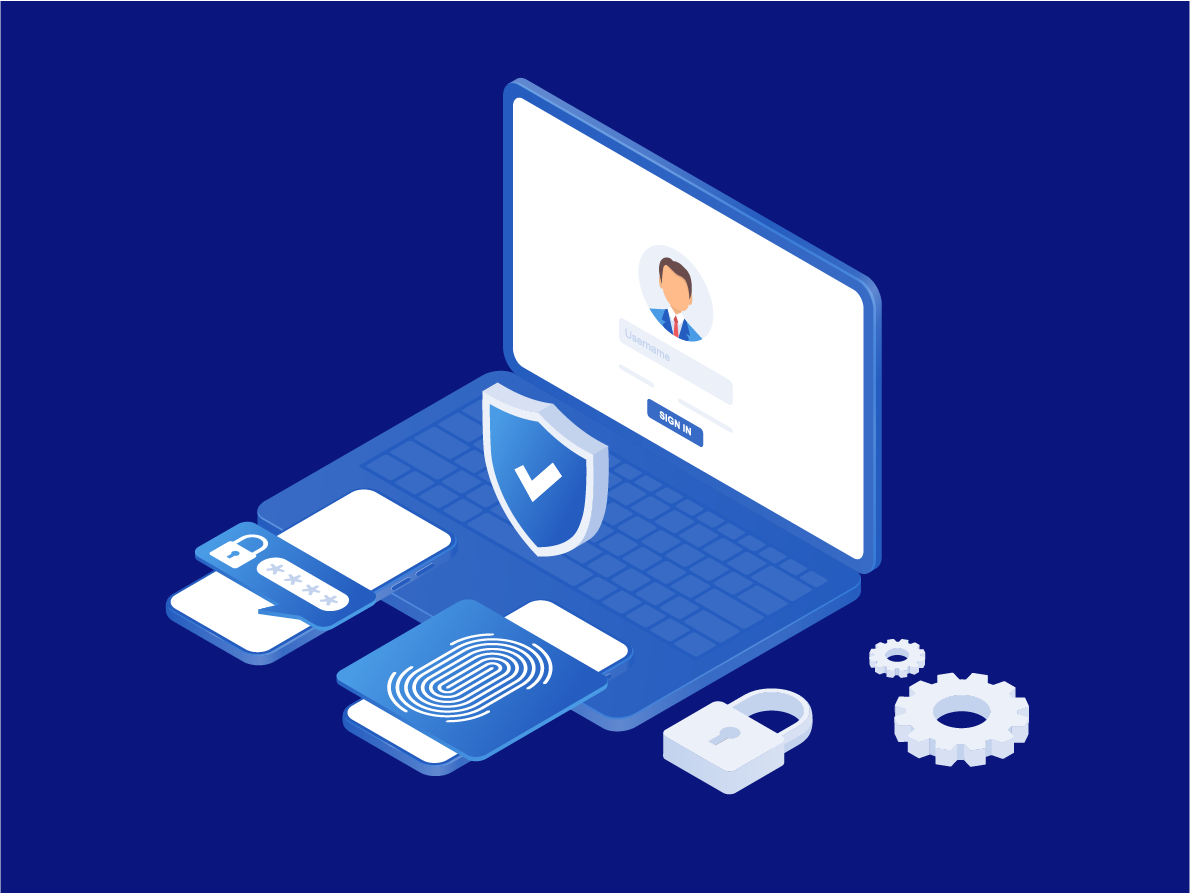
As industry leaders continue to create innovative technology, more companies are now adopting digital tools for their operations. They allow enterprises to execute business plans effectively and seamlessly communicate with their customers. Apart from continuous research and ever-changing consumer tastes, the need to close brick and mortar operations and an increase in contactless services amid the COVID-19 pandemic has accelerated the rise of e-commerce worldwide.
The growth of e-commerce in recent years has made it possible for consumers to order goods and services from the comfort of their homes. Traditional retail might be far from dead, but the advancements in the e-commerce industry have helped businesses reach more customers than ever before.
Because of the lockdowns that started last year, total e-commerce retail sales in 2020 skyrocketed to more than $4 trillion. It is expected to increase to more than $6 trillion in 2023. This raised online shopping’s share in global retail trade to about 17% last year, 3% higher than in 2019.
Adopting e-commerce solutions provides organizations with a highly scalable business model that can offer their patrons a convenient customer experience. However, it also attracts potential threats that may bring extensive financial and reputational harm to the retailer and its clients.
Growing Incidents of Cyber Attacks
Over the years, the need for robust cybersecurity measures has led companies to invest in real-time fraud prevention solutions. Apart from that, governments and other regulatory organizations enforce specific fraud prevention guidelines to help enterprises ensure a high degree of security against hackers.
Nevertheless, as businesses continue to improve their online security measures, cybercriminals also evolve their ways of attacking companies. These bad actors now use a mix of complex software systems and social engineering techniques to exploit the digital security procedures of their target firms. With this, fraudsters can access business-critical information that can disrupt business operations.
But even though swindlers use modern hacking methods, conventional ways of manipulating business systems are still effective against plenty of people. These traditional circumvention tactics might not be able to get through modern cybersecurity measures; still, they remain successful when used on old online security solutions.
Phishing in E-Commerce
Technological advancements have brought people an effective way of communicating with each other. The rise of emails, texts, instant messaging, and video conferencing has made it possible to talk with anyone instantly wherever they are in the world. But it has also become one of the main tools for swindlers to fish for confidential information.
Phishing is a social engineering technique wherein bad actors send fake messages to trick their victims into sending their private data. Hackers pose as trusted individuals, usually as a company representative, then send forged emails that tell their victims to open a document or website and enter their credentials. The hacker then uses this information so they can take over their victim’s account.
This type of cyberattack has been around since the 1990s, but it is still one of the most prevalent forms of fraudulent activity. Last year, the Federal Bureau of Investigation recorded more than 240,000 cases of phishing, more than double the reports made in 2019 at over 114,000. Propelled by the COVID-19 pandemic, this rise in phishing incidents resulted in a total loss of up to $54 million.
Though phishing is typically associated with mass-produced spoofed emails, cybercriminals use other forms to target specific victims. Recognizing the different types of phishing will help both the organizations and their customers eliminate the risks of getting their accounts compromised.
- Spear Phishing - If typical phishing operations require con artists to send emails to thousands of people at once, some of them might find it more fruitful to attack specific targets. Here, criminals spend days or months organizing detailed information that will make sense to the recipient, like recent personal or shopping activities. The fraudsters usually target high-profile customers or even the enterprise's employees to gain access to the servers that store sensitive information.
- Whaling - If spearfishing goes after the regular employees or customers, whaling targets the top executives of the biggest e-commerce firms. Getting the credentials of a CEO is more valuable and will open more doors for hackers to penetrate an organization.
- Smishing - In smishing, hackers deceive their targets by sending misleading texts that ask the victims to open links on their phones. Like the typical phishing attempts, the goal is to make the person believe that the text came from trusted institutions and ask for sensitive data like bank or e-commerce account credentials.
- Vishing - Another common phishing strategy is vishing or voice phishing. In this tactic, the victim will receive a call disguised as a financial or e-commerce company. The goal of the hackers is to convince the person on the other line that it is a legitimate outbound call. Afterward, they will ask for account information to verify the person they called.
Falling prey to these phishing forms will lead to financial stress, lost customer information, possible legal battles, a decline in employee productivity, and other administrative and operational consequences. Firms should mitigate the risk of phishing by eliminating passwords and instituting real-time fraud prevention measures like biometric authentication and authenticated payments. Employing top-notch digital security will significantly boost protection against fraudulent activities.
Modern Digital Security
It is a necessity for any online retailer to protect themselves and their customers by implementing the best security measures available. Numerous modern online security solutions and statutes have been introduced to help organizations enhance their protection against malicious actors. These improved cybersecurity technologies help decrease the reliance on knowledge-based credentials, bolstering e-commerce fraud prevention.
One of the most effective phishing prevention measures is the use of biometric authentication. Unlike knowledge-based credentials, using biological data can ensure that only the actual account owner can access their account. Integrating biometrics into the security process will add a powerful layer of protection to any existing cybersecurity system.
Mitigating the Risks of Phishing
The e-commerce industry is expected to dominate the retail sector moving forward as people continue to pivot to online shopping. and fraudsters attempting to get a piece of the action are not going anywhere.
Modern online security measures like biometrics will help prevent malicious persons from attacking companies and customers alike. Adopting new security solutions aids in abiding by the guidelines set up by regulatory boards to avoid legal matters in the future.
How LoginID Can Help
LoginID’s FIDO2 passwordless authentication solution is highly secure, simple to integrate, and reduces onboarding friction. It enables online retailers to offer clients Any online retailer needs strong authentication and digital identity verification across desktop and mobile platforms.
LoginID also offers a payment authentication solution whereby a customer will be prompted to provide their biometric at the time of purchase acting as a biometric digital signature and providing an irrefutable digital receipt of the transaction.
To learn how LoginID can equip companies and businesses with the necessary fraud prevention tools, get started by registering for a free account.
Sources: https://blog.ipleaders.in/analyzing-impact-phishing-e-commerce-businesses/#How_is_phishing_donehttps://www.csoonline.com/article/2117843/what-is-phishing-how-this-cyber-attack-works-and-how-to-prevent-it.htmlhttps://www.vadesecure.com/en/blog/ecommerce-security-issueshttps://www.tessian.com/blog/what-is-phishing/


